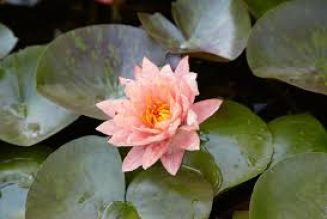Many cultures celebrate the New Year, but not always on the same date. Japanese and Chinese New Year festivals, for example, fall on different days each year (according to our calendar). The pre-Christian cultures of Europe didn’t always celebrate New Year’s on January 1. It has been observed on the evening of November 1 and at Yule. The actual date matters little, for the rituals performed at the beginning of the New Year remain quite similar.
New Year’s was once a time full of magic. Many of the old customs concerned food and its abundance. Past concerns and cares were ritualistically swept away, and good was invited into the home. It was once thought that whatever occurred on the first day of the year forecast the next 364 days, and people acted accordingly.
In the United States, many people eat cabbage on New Year’s Day. It is often cooked with a small piece of silver. The green color of the vegetable, along with the silver, ensures plenty of food and money in the coming year.
Black-eyed peas are another traditional favorite for “luck” in the New Year, particularly in the southern United States. Carrots eaten on the first day ensure a sweet year.
An old ritual: on New Year’s Eve, place a loaf of bread and a penny on a table. Leave overnight. This will provide plenty to eat in the coming year. Be sure to have a well-stocked pantry at this time.








